The 21st
LaureatePainting
Hiroshi Sugimoto
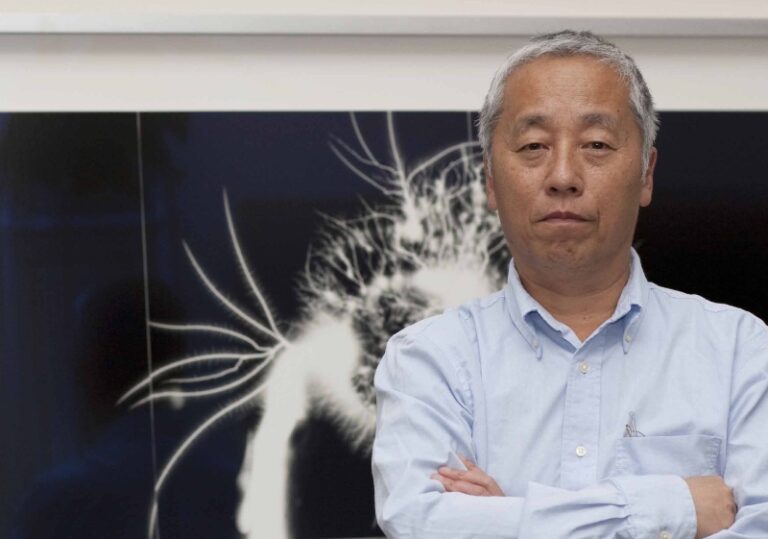
Photographer Hiroshi Sugimoto uses a large-format camera to produce stylish works evoking the themes of "time" and "history" Born in Tokyo,he studied photography at the Art Center College of Design,Los Angeles. He started to win international acclaim in the second half of the 1970s,with sophisticated works of outstanding technical quality based on a clear concept. Examples of this can be seen in his Dioramas,a series in which he photographed museum exhibits as if they were real landscapes,and his Theatres series,photographs of interiors of old American movie theaters,with ghostly white screens created by exposing the film for the duration of the movie. Recently,one of his Seascapes series,depicting the oceans of the world on a common theme,was used for a CD jacket by Irish band,U2. Although his work is highly varied in content,his commitment to stretching the potential of photography,a medium with a short history compared to painting or sculpture,remains unchanged.
Biography
Photographer Hiroshi Sugimoto produces sophisticated works of outstanding technical quality,based on a clear artistic concept that has nothing to do with 'capturing the moment' Photography is generally considered to offer less freedom than other artistic expressions,but Sugimoto’s works transcend time and place to reveal new possibilities for the medium.
Invented only about 170 years ago,photography has a short history compared to painting or sculpture. Nevertheless,Sugimoto himself says,"As a medium,photography is interesting because it is young and therefore still has room to grow. This is not fashion,nor is it journalism. I’ve created a style in which I deliberately encroach on the field of contemporary art,a field that had previously remained untouched. "
Born in Tokyo,Sugimoto was already using the famous "Mamiya 6"large-format camera when still at Junior High School. He set up a dark room at home and there honed his skills in developing and printing. After graduating from St. Paul’s University in Tokyo,he went to America where he studied photography at the Art Center College of Design,Los Angeles. He later moved to New York where his works started to win acclaim in the latter part of the 1970s.
Sugimoto’s best-known works are united by the single theme of visualizing "time"and "history". One of these was his Dioramas series,in which he photographed diorama exhibits in Natural History Museum in New York as if they were real landscapes. Another was the Theatres series,created by photographing the interior and the screen of various old American movie theaters as a movie was shown,exposing the film for the whole length of a movie. Another series was Architecture,where he photographed famous 20th century buildings with a focal distance of twice infinity.
But the series that really epitomizes Sugimoto’s work must be his Seascapes. Sugimoto himself says,"It all started from a question: Does the scenery witnessed by our forebears still remain in the present day? " This series depicts the oceans of the world,expressing their reality through subtle changes in monochrome gradation. By so doing,they convey a universal image that transcends time and space. Seascapes returned to public attention this spring when one of the series was used for a CD jacket by Irish band,U2.
In Sugimoto’s latest series,Lightning Fields (started in 2007),he doesn’t even use a camera but discharges electricity directly onto photographic plates in the darkroom. Sugimoto is an ardent admirer of the "anti-art" French artist,Marcel Duchamp,and this series epitomizes the photographer’s ingenuity and skilful use of ideas.
Despite spending half of his time in New York,Sugimoto is still active in his home country of Japan. He completed the Go-Oh Shrine Reconstruction Project in Naoshima,Kagawa and has been involved with the establishment of a cultural foundation in Kanagawa,just a few examples of how Sugimoto is setting his cultural sights beyond the framework of photography.
Chronology
Theaters (-2001)
The Hasselblad Foundation International Award in Photography,Sweden
Colors of Shadow (-05)
-
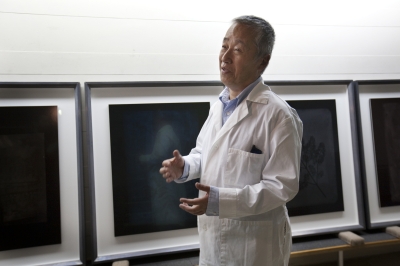
At his studio in New York
-
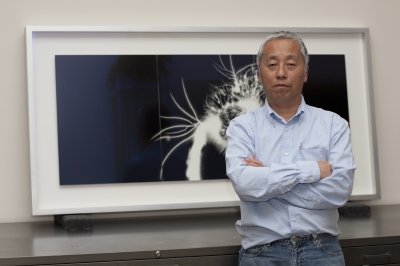
At his studio in New York
-
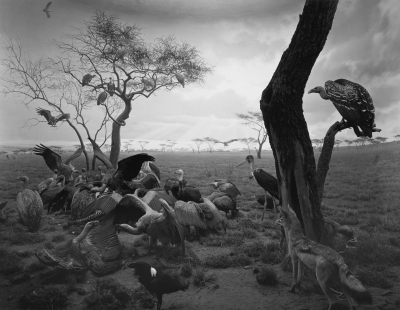
Hyena-Jackal-Vulture
-
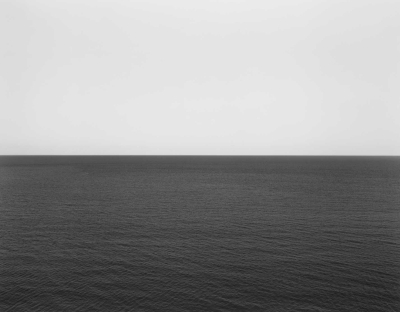
Caribbean Sea, Jamaica
-
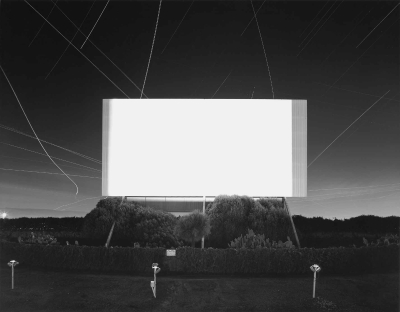
Union City Drive-In, Union City
-
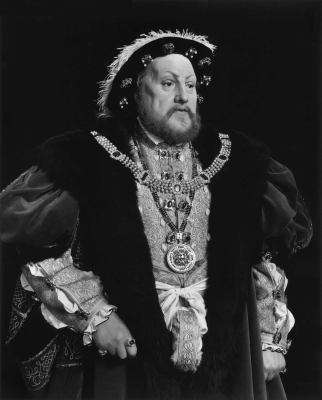
Henry Ⅷ
-
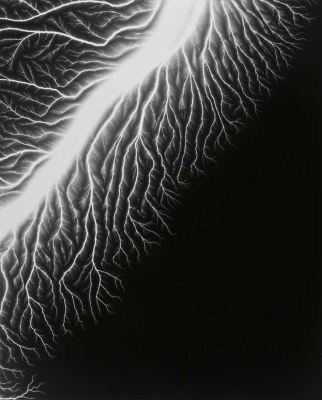
Lightning Fields

